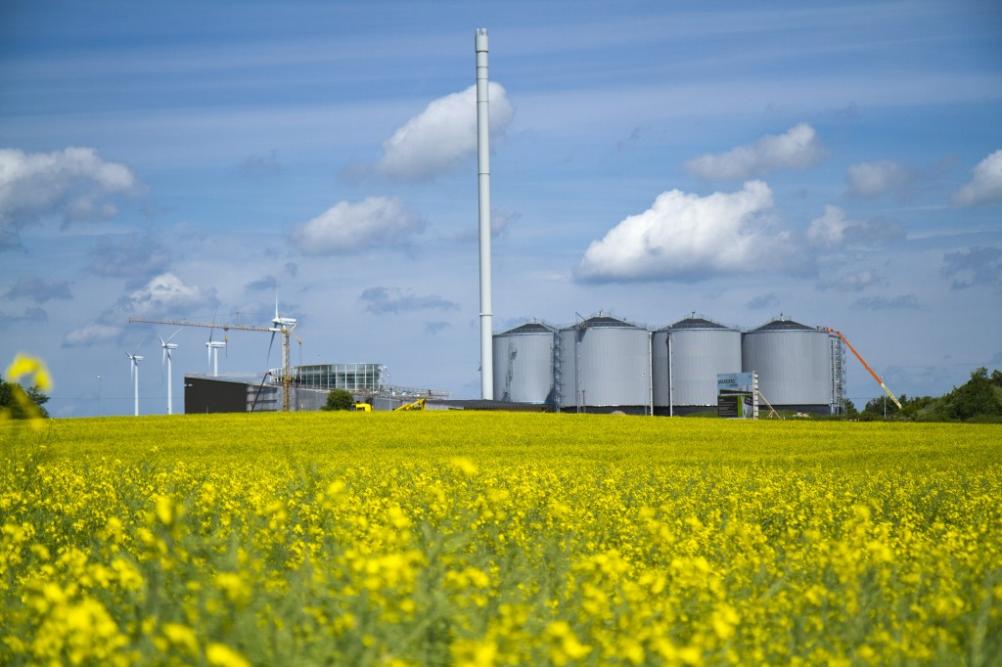How Much Does Biomass Energy Cost?
Biomass energy, derived from organic materials such as plants, wood, and waste, offers a renewable and sustainable alternative to fossil fuels. It plays a significant role in addressing global energy demands while mitigating environmental concerns. However, the cost of biomass energy is a crucial factor that determines its economic viability and widespread adoption.

Types Of Biomass Energy
Forest Biomass:
- Wood chips and sawdust from forestry operations are utilized for biomass energy production.
- Cost factors include harvesting, transportation, and processing of forest biomass.
Agricultural Biomass:
- Crop residues, such as corn stover and sugarcane bagasse, are used for biomass energy production.
- Cost implications involve collecting, transporting, and preprocessing agricultural biomass.
Municipal Solid Waste:
- Organic components of municipal solid waste (MSW) can be converted into biomass energy.
- Cost factors include waste collection, sorting, and transportation of MSW for biomass energy production.
Cost Components Of Biomass Energy
Feedstock Cost:
- Cost of acquiring biomass feedstock from various sources, such as forestry operations, agricultural farms, and waste management facilities.
- Factors influencing feedstock cost: availability, transportation distance, and preprocessing requirements.
Conversion Technology Cost:
- Cost of biomass conversion technologies, including combustion, gasification, and anaerobic digestion.
- Comparison of capital and operating costs of different conversion technologies.
Infrastructure Cost:
- Cost of infrastructure required for biomass energy production, such as power plants, processing facilities, and distribution networks.
- Factors affecting infrastructure cost: plant size, location, and grid integration requirements.
Factors Affecting The Cost Of Biomass Energy
Feedstock Availability:
- Availability and abundance of biomass feedstock impact the cost of biomass energy.
- Challenges and opportunities associated with securing a reliable and sustainable supply of biomass feedstock.
Conversion Efficiency:
- Conversion efficiency and its impact on the cost of biomass energy.
- Factors influencing conversion efficiency: technology selection, feedstock quality, and operating conditions.
Government Policies And Incentives:
- Role of government policies and incentives in shaping the cost of biomass energy.
- Influence of subsidies, tax credits, and renewable portfolio standards on the economic viability of biomass energy projects.
The cost of biomass energy encompasses various components, including feedstock cost, conversion technology cost, and infrastructure cost. Factors such as feedstock availability, conversion efficiency, and government policies significantly influence the overall cost of biomass energy. As technological advancements, policy developments, and market trends continue to evolve, the future of biomass energy holds promising prospects for sustainable and cost-effective energy production.
YesNo

Leave a Reply